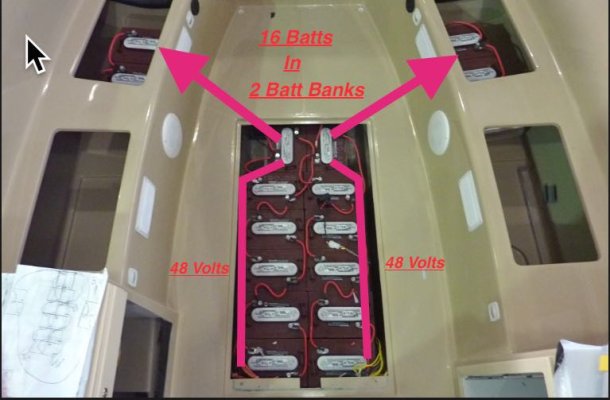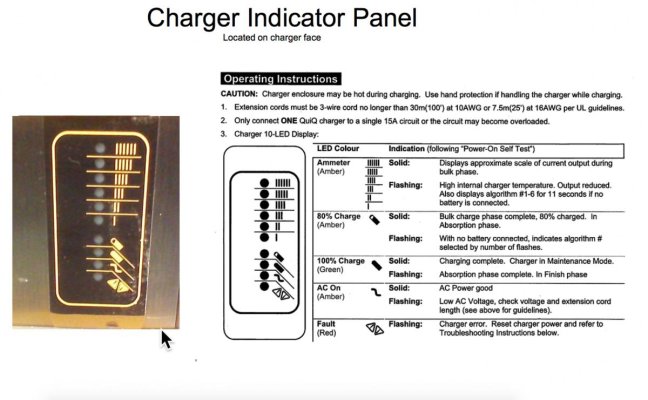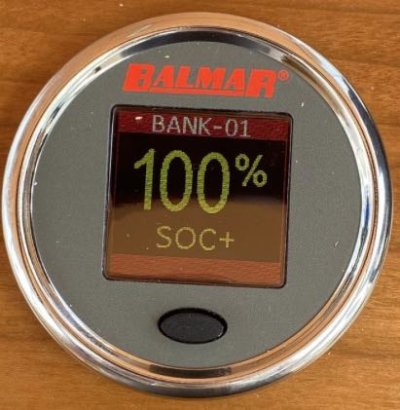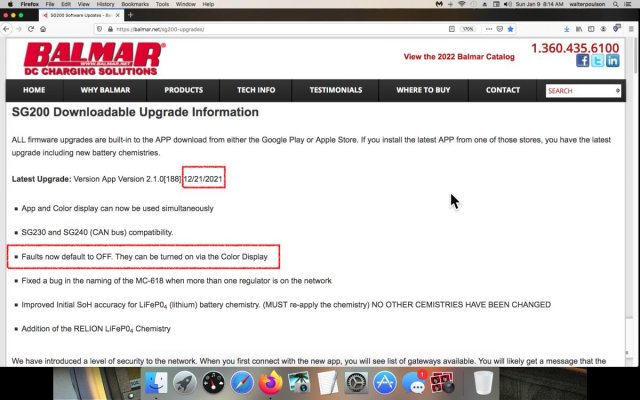sbman
Guru
- Joined
- Jul 25, 2017
- Messages
- 828
- Location
- USA
- Vessel Name
- Second Chance
- Vessel Make
- 42' Uniflite Double Cabin
Dockside, I used battery power overnight. I started the engines and and ran them at 1,200 RPM and observed the charging on the Balmar app. It started at 60 amps each bank at 12.9 volts. Then I switched to the inverter charger which is rated at 125 amps. The charging rates to each bank were virtually the same. Would the charge acceptance rate of my batteries be part of the equation? I profess ignorance.
The initial charge acceptance rate will increase as the bank is depleted. The particular chemistry will drive the maximum rate with flooded being the lowest due to it's high internal resistance relative to other chemistries.
If you only used 20% of your capacity overnight (which seems reasonable), the acceptance rate will still be fairly low, but will still be highest at the initial start of charge and then curve down from there to a trickle at 90-100% SOC. Deeper depletion will increase the initial charge acceptance rate. I would expect a higher rate than 60 amps, at least for 2-5 minutes even with only 20% depletion. Note that it takes up to two minutes for the Balmar to ramp up to full bulk charge mode.
60 amps for a 100 amp alternator at 1200RPM engine could be correct depending on your pulley sizing, perhaps your alternator is turning slower than you think. Calculate or measure your alternator RPM and check the output curves for your model:
https://balmar.net/balmar-technology/alternator-output-curves/
Other things to verify include:
- Where is your positive battery sense wire connected to? (Terminal 9 on the MC-614)
- Which profile are you using on the MC-614?, have you customized it?
- What voltage is present when you are seeing 60 amps of charge?
You can see the temp of the alternator on the MC-614 display in Celsius. Look at the display and wait for the 'AL' to show, the next number shown is the temperature detected. Scaling back of charge starts at 100C with default settings.











